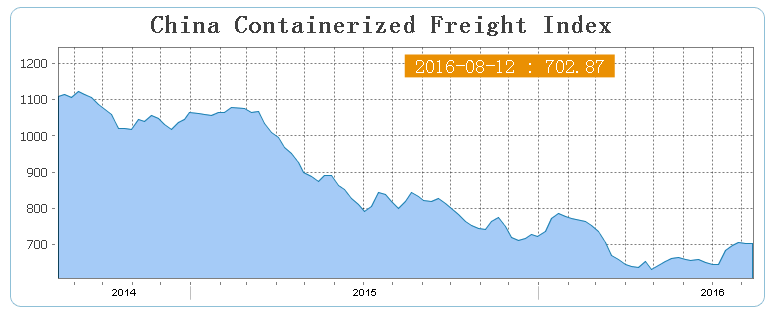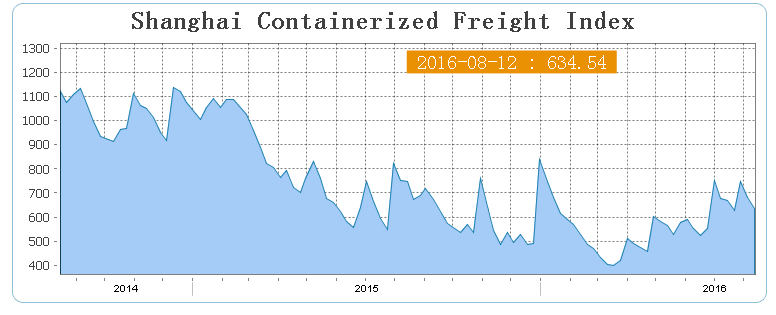
With this years FIATA 2016 World Congress taking place in my home city of Dublin in October, I felt that writing an article on the Freight Industry would be appropriate.
The major market challenges which freight forwarders face are becoming even more daunting as customers now view their services as an easily changeable commodity and competitors are becoming more aggressive.
The Freight Industry is always an industry which is required to respond and evolve to the changes in global trade and customer demands. So lets look at the issues affecting the industry and then look at the strategies which Freight forwarders should adopt.
Main issues effecting Freight Forwarders Growth
1. Increased demands from Customers
2. Low Revenue generation on main routes
3. Growth challenges on main routes
1. Increased demands from Customers
Freight Forwarders face the following challenges with their customers
– Changing relationships with customers as forwarding becomes commoditised & switching costs are no longer relevant.
– Customers expect their Freight forwarders to instantly offer new market freight solutions as and when the customer requires it.
– Customers expect their Freight forwarders to instantly offer new global and complex freight & supply chain solutions as and when the customer requires it.
2. Low revenue generation on main routes
Shipping rates for all routes continue to experience downward pressures. Some freight companies now consider some routes as a loss leader so that they can generate revenues from other services which can be tied in with the route.
The CCFI is now 29.7% below where it was in 1998, when it was set at 1,000! This is what the poor curve looks like.
The SCFI has seen a rise in the last 12 months however when compared to 2009 when it was set at 1,000, it is down a whopping 36.5%.
3. Growth challenges on main routes
For Freight companies the only way which they can experience growth is through volume with poor profit growth due to low yields from these routes. In fact since 2014 EU Ports have seen a 9.5% rise in volume since 2009.
(source Eurostat http://ec.europa.eu/eurostat/statistics-explained/index.php/Freight_transport_statistics)
Growth Strategies for Freight Companies
To ensure both medium & long term growth freight companies should consider implementing the following strategies:
1. Focus on Excellent Customer Service & Active Sales Growth
2. Become a “One- Stop- Shop Provider” to the customer.
3. Develop “Sticky” Relationships with Customers
4. Use IT Capabilities to maintain 360-degree control
5. Develop Niche Routes and Industry Specialisation
6. Capitalise on Size
1. Focus on Excellent Customer Service & Active Sales Growth
The key to winning new business and expanding relationships with customer is to have a company culture which is focused on Excellent Customer Service and an active Sales Growth approach.
Excellent Customer Service is focused on two key areas which customers require:
1. Having a single contact to work with
2. Speed in resolving issues such as:
– Issues with Logistics.
– Issues with the Supply Chain.
To achieve an active Sales Growth approach, a freight company’s sales team must possess the skills and talents which focus on:
1. Offering new Solutions & Services to Customers.
2. Generating Additional Revenues.
3. Building Stronger Customer Relationships.
2. Become a “One- Stop- Shop Provider” to the customer.
The ability to become a “One-Stop-Shop Provider” is a way to achieve differentiation from your competitors and take advantage of cross-segment sales opportunities.
With competition forcing freight prices to the floor having the ability to offer and sell “add on services” not only improves the offering to your customers over your competitors but also improves the bottom line.
3. Develop “Sticky” Relationships with Customers
With the costs of switching to competitor freight company no longer relevant, freight companies should focus on offering more support services which binds the customer relationship and makes it harder to be replaced.
4. Use IT Capabilities to maintain 360-degree control
Quite often Customers lack sophisticated IT systems. Freight companies can differentiate themselves by empowering their customers by offering customer facing technologies which offer intelligent services.
Freight companies who can integrate their IT systems into their customers IT systems make it difficult for customers to break their relationship with the freight company.
5. Develop Niche Routes and/or Industry Specialisation
Freight Companies should also specialise on industries and/or niche routes. By developing market and operational expertise they will gain a competitive advantage of less specialised forwarders. Due to lack of competition and pressure on pricing these routes can become an excellent way to generate revenues. However more work is required to develop demand for that route.
6. Capitalise on Size
Freight companies who are large customers on certain routes will get preferential treatment and better rates. For most freight companies this is very difficult to achieve on competitive main routes. However having specialist routes allows freight companies to achieve the ability of becoming a large customer and gaining the competitive advantages associated with this.
Conclusion
Freight Forwarders should focus on offering IT solutions as a shared service to customers, offering solutions to a niche route and offering customers a “one-stop-shop” solution which supports their customers trade.
Further reading:
AT Kearney “Freight Forwarders: Thinking outside the Box“
Accenture “Freight forwarding and logistics: What the high performers know“




3 Comments